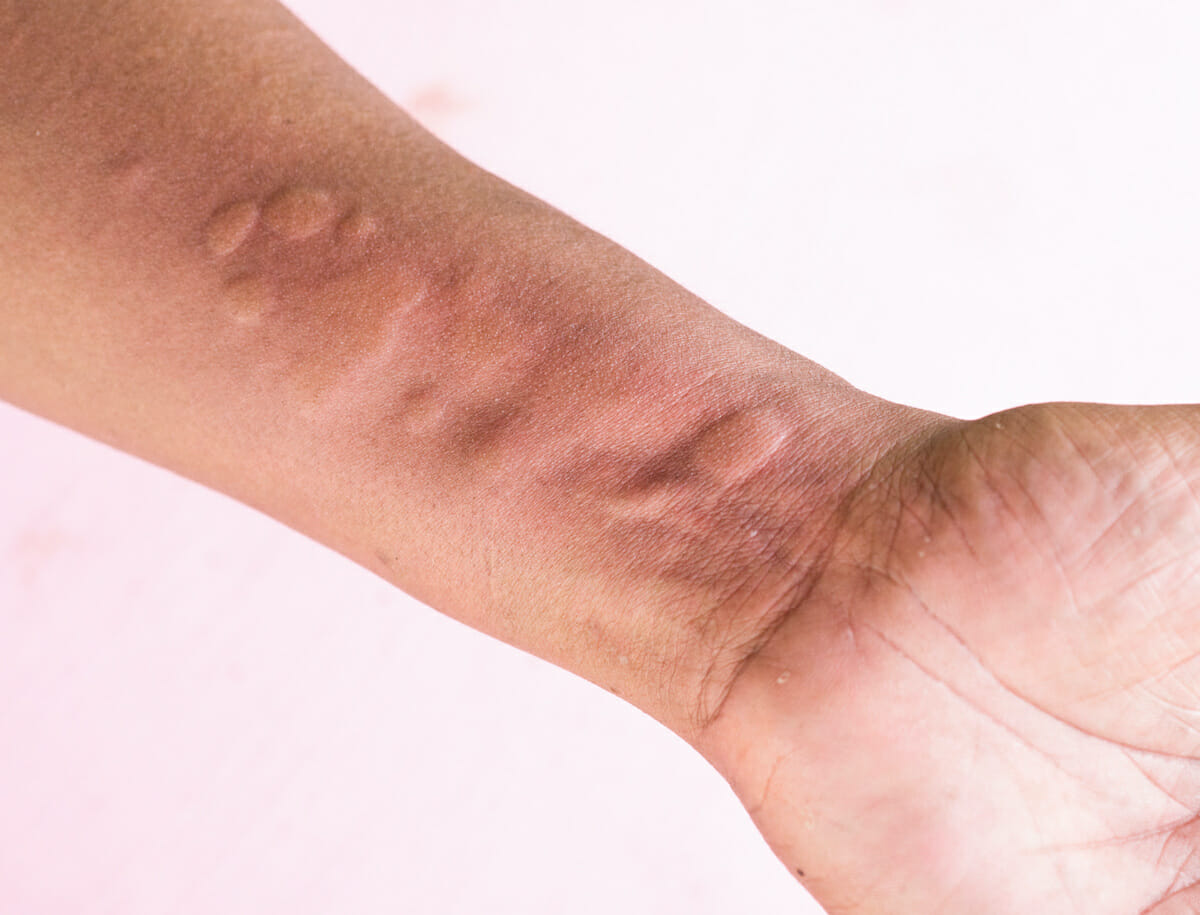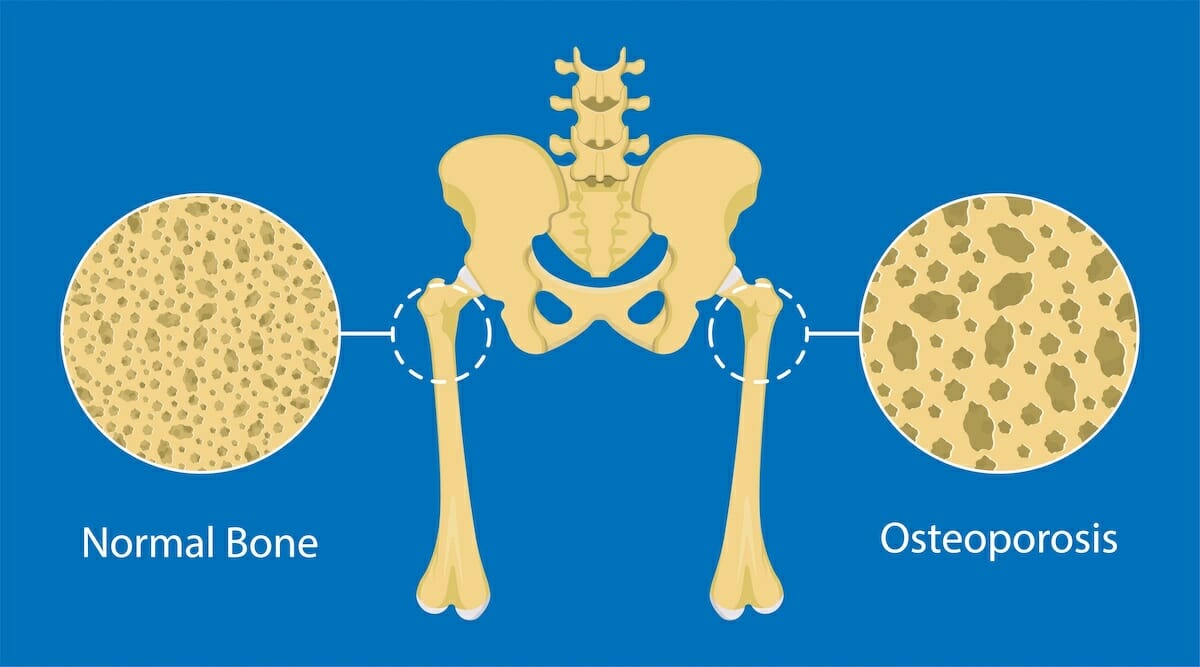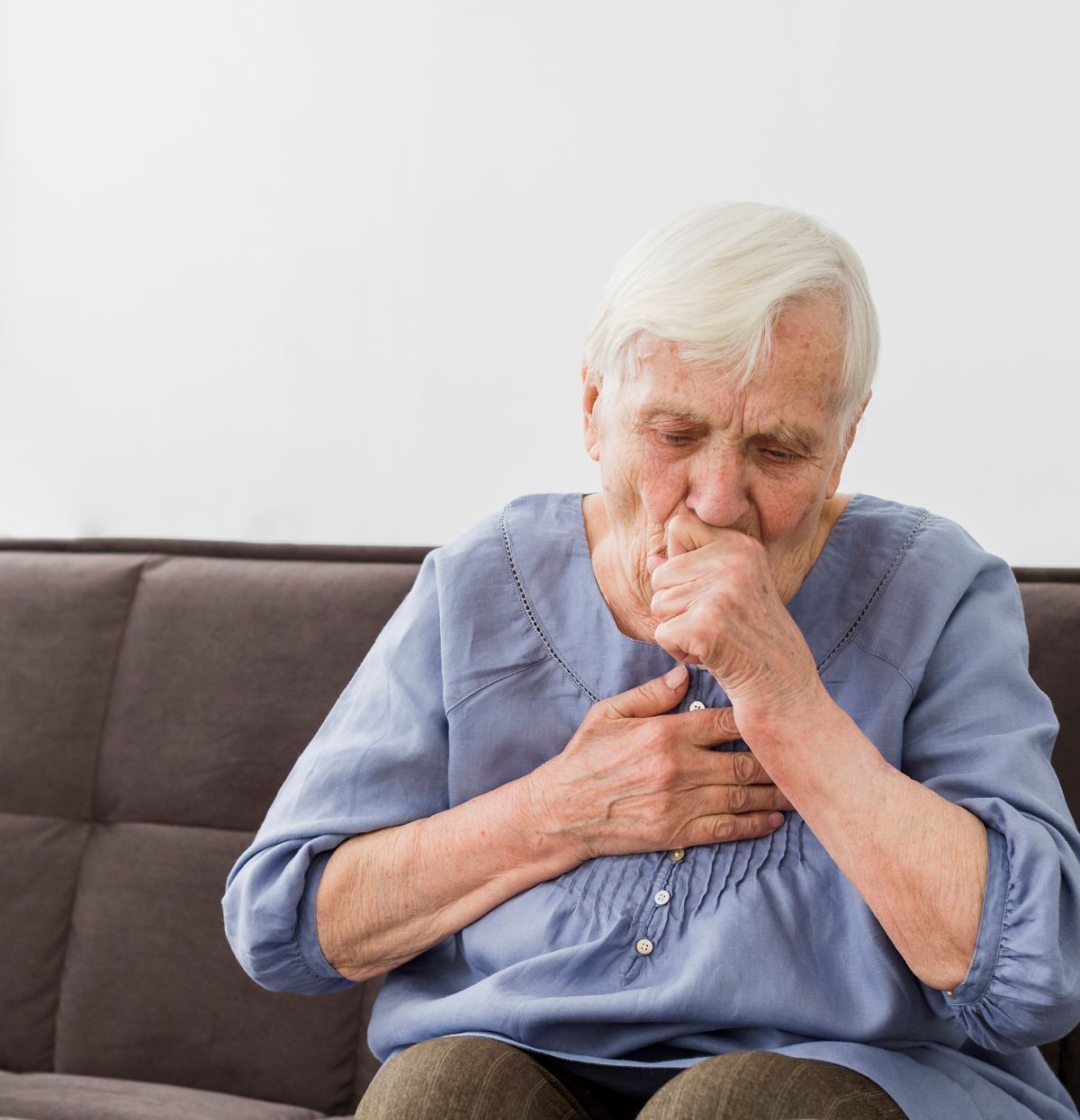
Hives: they’re itchy raised bumps that might look like bug bites or a rash, and they can last anywhere from minutes to years depending on the circumstances. Oftentimes when someone breaks out in hives, the first thing they want to know is how to treat it. And while Angie Seelal, PA-C, has available treatment options to share, she recommends starting with a thoughtful approach.
“Hives—also known as Urticaria—aren’t uncommon, but there are many different reasons someone might have them. While they typically aren’t severe, they can sometimes be part of an allergic reaction, and in some cases might be accompanied by anaphylaxis, which is very serious. So, if someone is experiencing hives for the first time, they first need to decide whether they need Emergency Care, such as if they’re having difficulty breathing,” said Seelal.
The best treatment of all is prevention, so when someone has hives it’s important to try and figure out the origin. Hives are most often an allergic reaction. The body is overacting to some trigger and releasing histamines, which then leads to the itching and swelling associated with hives. There are many allergens that can trigger hives, with some common ones including certain foods (such as nuts, shellfish, or dairy), insect bites or stings, dust mites, pet dander, pollen, latex, some medications (such as antibiotics or ibuprofen), some bacterial or viral infections (such as UTI’s, strep throat, or hepatitis), artificial flavorings or fragrances, preservatives or disinfectants, plants, and/or metals.
“If someone has an allergy that triggers a breakout of hives, they should definitely try to avoid exposure to that trigger, just as they would with any other allergen. If hives are a recurring problem and the source is unknown, it might be helpful to schedule an allergy test with a licensed allergist” said Seelal.
“Anyone can have hives, but people with known allergies are usually at greater risk,” Seelal added. Other risk factors include smoking and having eczema—also called Atopic Dermatitis. African American women are at a greater risk of developing hives.
The good news is that hives are not contagious. There’s no need to worry about spreading them in most cases. Of course, when hives are caused by an infection (such as infectious mononucleosis, or “mono”), the infection itself can still be contagious even though the hives themselves are not.
“Hives can look and feel similar to other types of rashes. If someone thinks they have hives (and it’s not a medical emergency), the best thing to do is get checked out by a Dermatologist,” said Seelal.
The best treatment for hives is first to try and avoid anything that might trigger them. Everyone responds differently to various allergens, so it can be helpful for people to know what triggers their own hives. Although, some people may not know what their sensitive to, and others may not always be able to completely avoid triggers.
Additionally, some triggers are not allergens, but instead environmental factors. These can include stress, excessive heat or cold, sweat, sunlight or other UV light sources, pressure on the skin (such as tight clothing), scratching.
People who break out into hives from these triggers should avoid the relevant irritant in the same way someone with an allergy would avoid the allergen.
Fortunately, there are a number of ways to treat hives. For people who are having an allergic reaction, antihistamines are usually a good first option.
Experts recommend the use of second-generation H1-antihistamines (as opposed to first-generation). Some examples of second-generation medications include Cetirizine, Loratadine, and Fexofenadine.
“And for people whose hives aren’t caused by histamines, the first treatment option could include NSAIDs—non-steroidal anti-inflammatory drugs—like Aspirin or Naproxen,” said Seelal.
There are also home remedies that people can try to help bring relief from the discomfort. A lukewarm bath with oatmeal or baking soda can be soothing; just avoid taking a hot bath, because that could make it worse. Similarly, a cold compress can help alleviate symptoms too, but make sure there is a thick enough barrier and that ice is not directly on the skin. Other at-home treatments can include aloe vera or calamine lotion, as long as you’re not allergic.
If hives don’t go away on their own, a Dermatologist can help recommend other treatments. Corticosteroids can help to reduce the symptoms of a flare up. These are typically taken orally or injected—topical corticosteroids are not used for hives.
For people with chronic hives that last six weeks or longer, omalizumab injections might be used if antihistamines have already been tried. If both of these treatments fail to bring relief, ciclosporin might be an option, though it’s an off-label use.
“Everyone’s body is going to react a little bit differently; there’s no one-size-fits-all treatment. But visiting a dermatologist is a great way to get the best treatment the most quickly, and then get back to your life,” said Seelal.
Bio: Angie Seelal, PA-C is a Certified Physician Assistant through the National Commission of Certification of Physician Assistant.










